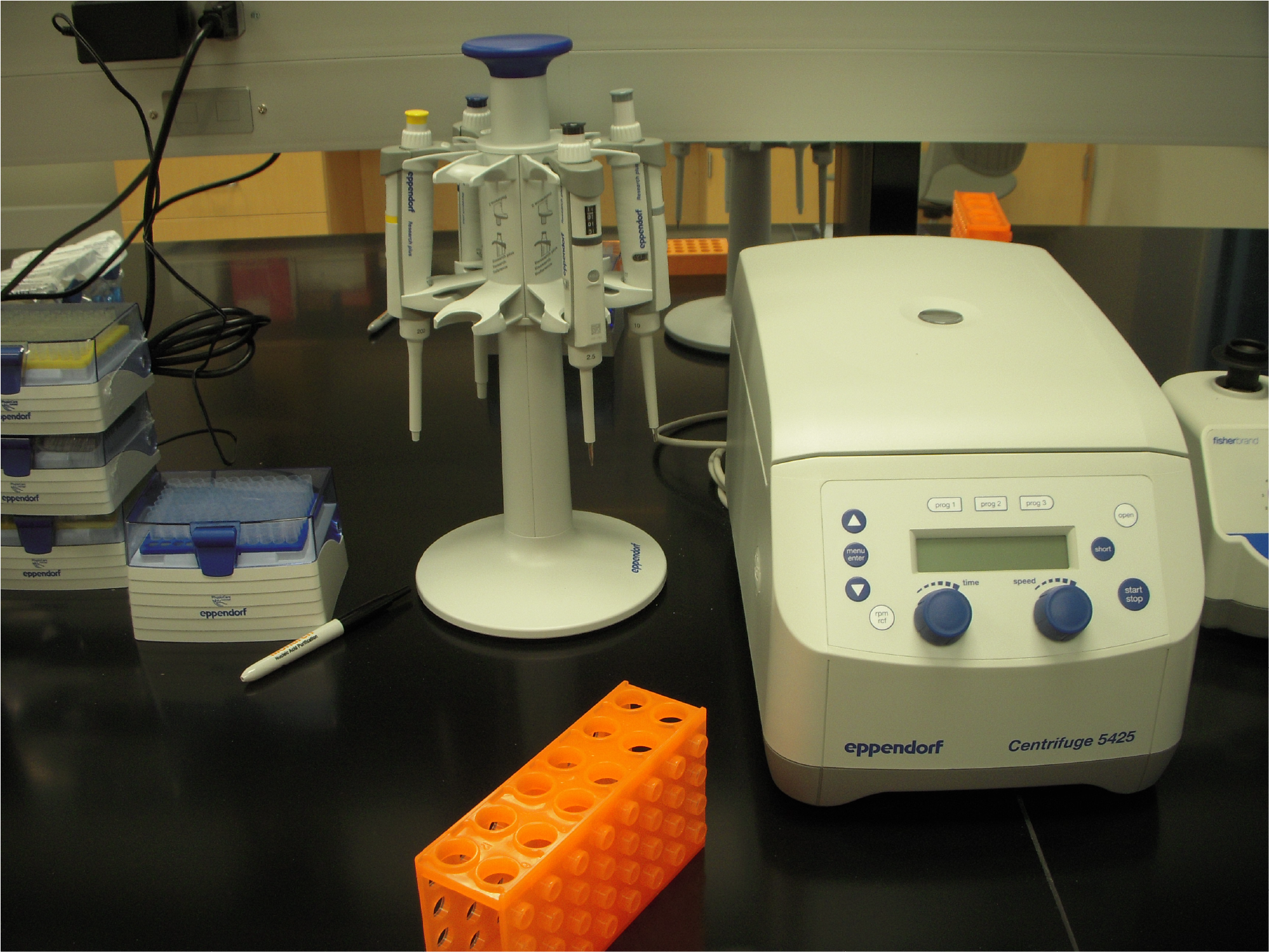Written by Edward Mabry (Master’s Student)
Week 17 (5/28/21) – We recently discussed a research article from the Mast + Braun Lab describing primary sequence structure selection in a template ligation replication system. An important argument that Kudella et al. presented in this paper is that Eigen error catastrophe would have made base-by-base replication difficult for the selection of structural and functional oligomers from random ones in the beginning of life on earth. They proposed that templated ligation does self-select for structure from randomness, such that the studied system within the paper did contain all the elements necessary for Darwinian evolution. However, the study implied that this system was comparable to an ‘RNA world scenario’, in which the processes are all prebiotic. Unfortunately, there were too many discrepancies between their experiment and the prebiotic world.
The RNA was replaced with DNA and they used an enzyme, TAQ DNA ligase, to ligate these oligonucleotides to study a period before enzymes, which the authors argued both were since their paper was focused on inherent properties of base pairing and not the chemical mechanisms of ligation. The application of the temperature cycling system for many hundreds of cycles along with an extra-efficient ligation system with a more stable nucleotide molecule than that which would have been used in the prebiotic environment does not inspire much confidence that this system gave an accurate depiction to how templated ligation may have occurred. To me, the biggest problem was the reduction of nucleobases in their study. The largest focus of this study was the reduction of sequence space to drive structured primary structure of nucleotide strands. This structure would be driven by the avoidance of secondary structure hairpins, which prevent templated ligation. By reducing the number of nucleobases from 4 to 2, not only was the sequence space magnitudes smaller, 4.096 x 103 versus ~1.678 x 107 sequence space, but the likelihood of a hairpin which was the primary selection mechanism focused on in the paper was reduced significantly as well. The probability of the formation of a 9 bp hairpin, which was a significant structure in their study, had a ~1.953 x 10-3 probability in the A & T nucleobase system at random versus ~3.815 x 10-6, the probability of a 9 bp hairpin’s formation in a G,C,A, & T nucleobase system at random. In fact, the study stated in the results that they had attempted to do all four bases under the same experimental conditions but found no ligation occurred. Overall, the study did show strong statistical analysis, but the issue itself would be with the system used, at least for trying to apply this experimental data to an the aforementioned, prebiotic ‘RNA world’ scenario.
